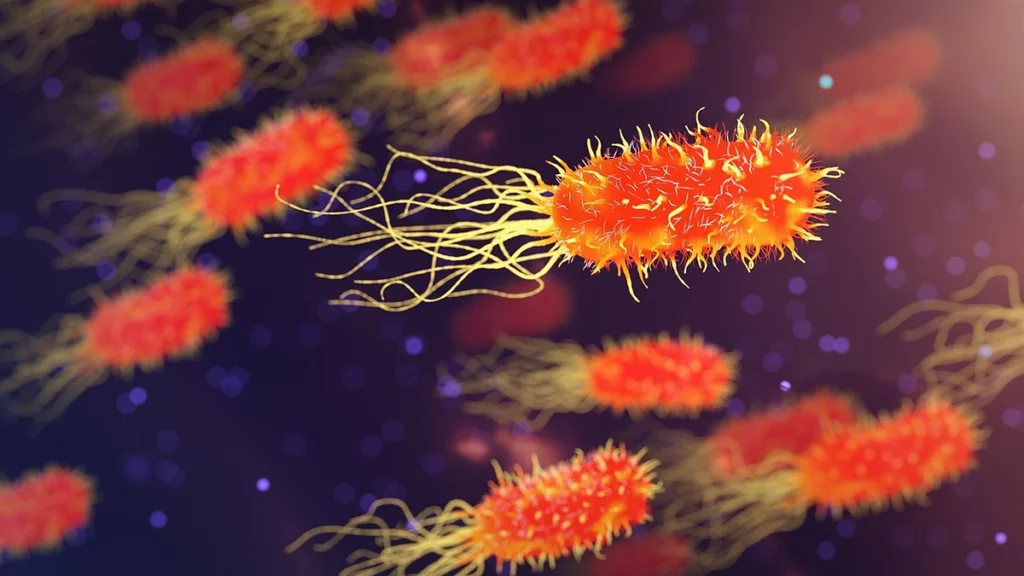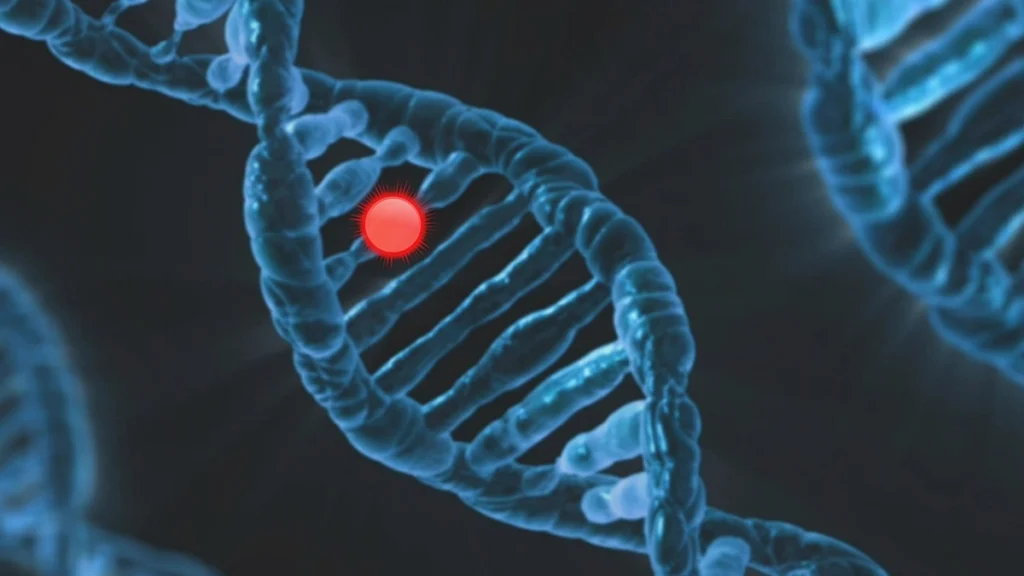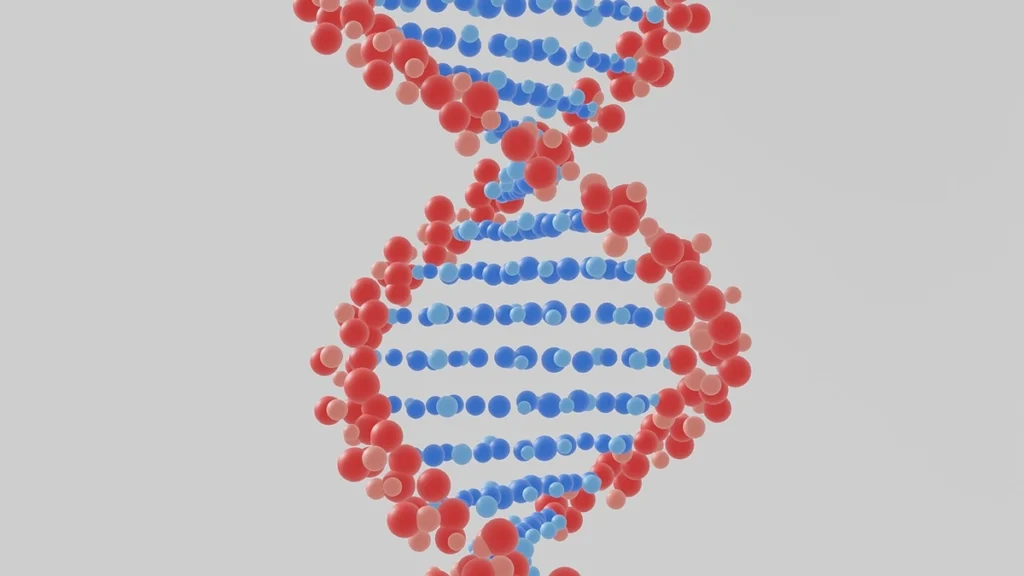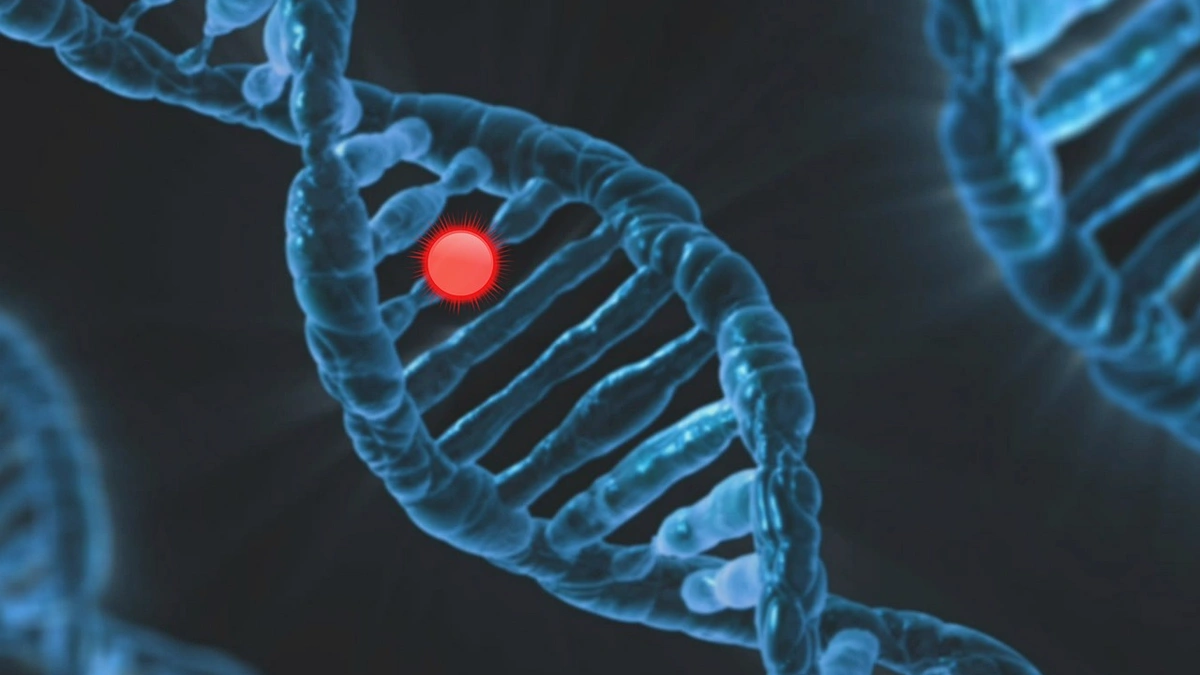
What is bacterial chromosome or genome?
Bacterial chromosome and plasmid called bacterial genome is the whole set of genomic/genetic material found in the form of double helix DNA within the bacterial chromosome(s) of a bacteria including genes and non-coding regions.
What does bacterial genomics mean?
Every organisms on the Earth carries a genome which encodes all the necessary information of that organism in form of DNA strands or base pairs. Bacteria posses that information in the form of double helix DNA material whithin linear bacterial chromosome or circular DNA called plasmid and the study of bacterial genome including bacterial chromosome and plasmid is called ‘Bacterial genomic”.
Bacterial chromosome or genome contains all the information required for functioning and reproduction of bacterial cell and typically consists of linear bacterial chromosome and single, circular bacterial chromosome although some bacterial species may also have one or more plasmids which are small circular pieces of DNA that replicate independently.
Therefore, it is important to understand bacterial genome for development of new antibiotics, antimicrobial therapy, study of bacterial evolution and ecology and biotechnological applications. In order to study antibiotic resistance, chromosomal or plasmid mediated resistance should be understood to know the mechanisms of antibiotic resistance and develop mitigation strategies to control spread and dissemination antibiotic resistance genes.
What type of information is carried by bacterial chromosome?
Bacterial genome (bacterial chromosome and plasmid) contains all necessary information for functioning replication and reproduction of bacterial cell which includes
- Genes that encode proteins
- Gene expression regulatory elements and
- Non-coding DNA.
What is the size of bacterial chromosome or genome?
Generally, the genome size and organization of bacterial chromosome vary widely ranging from hundred thousand to several million base pairs depending on the ecological niche and specie of the bacteria. However, bacterial genomes may be single circular bacterial chromosome, multiple bacterial chromosomes or linear bacterial chromosome ranging in size from smallest 139 kbp to largest 13,000 kbp.
Nowadays, recent advances in bacterial genomic or DNA sequencing technology has revolutionized the study of antimicrobial resistance and discovered that there is a high correlation between the number of genes and the genomic size of bacteria which suggest that the bacteria have relatively small amounts of junk DNA. Moreover, whole genome sequencing allows scientists to sequence the complete DNA of bacterial chromosome or plasmid, providing insights into the gene functioning, organization and evolutionary history of bacteria.

What is bacterial plasmid?
Bacterial chromosomal vs plasmid:
Bacterial genome found in bacterial cell in the form of small, circular pieces of DNA separate from bacterial chromosoma DNA is called plasmid or circular DNA. Plasmids are capable of replicating independently and found in both Gram-positive and Gram-negative bacteria. They posses genes that confer a variety of traits, including
- antibiotic resistance,
- virulence factors, and
- metabolic enzymes.
What is the role of bacterial plasmid?
Additionally, plasmids can be transferred among bacteria through different mechanisms like conjugation, transformation, and transduction. In this way, bacteria acquire new DNA e.g. antibiotic resistance genes, from other bacteria in their environment. However, bacterial cells may lose plasmids with time either through cell division or through the action of cellular enzymes that degrade the plasmid DNA.
Furthermore, Bacterial plasmids can be used as tool of genetic engineering allowing scientists to introduce new genes in bacteria for different applications like production of recombinant proteins, synthesis of biofuels, and bioremediation (of environmental pollutants).
What are the mechanism of antibiotic resistance?
What are the genetic factors of AMR spread in bacterial chromosome?
- Chromosomal due to spontaneous mutation
- Plasmid-mediated resistance
- Mainly transferred via conjugation
- Leads to multidrug resistance
- Antibiotic resistance genes on mobile genetic elements e.g. transposons, integrons, gene cassettes
What are the non-genetic factors of AMR spread?
- Inaccessibility to drugs (abcess, TB-infection)
- Stationary phase (not susceptible to inhibitors of cell wall synthesis)
- Protoplasts and spheroplasts (no cell wall)

What is the difference between cross-resistance and co-resistance?
What is cross-resistance in bacterial chromosome?
Cross resistance is the type of resistance found in two related drugs e.g. avoparcin/vancomycin or two unrelated drugs like erythromycin/lincosamides due to a single biological mechanism.
What is co-resistance in bacterial chromosome?
Co-resistance is the type of resistance found in two unrelated drugs due to different resistance mechanism but the encoding genes are located in the same genetic element inside bacterial chromosome or plasmid for example tetracyclines/sulphonamides.
Examples of antibiotic Resistance mechanisms
Bacteria typically adopt following four mechanisms to confer antibiotic resistance
- Inactivation of the drug e.g. Penicillins, aminoglycosides
- Target modification e.g. Tetracyclines, fluoroquinolones
- Target replacement e.g. mecA
- Drug trapping or titration – hyper producers e.g. Penicillins, sulphonamide
